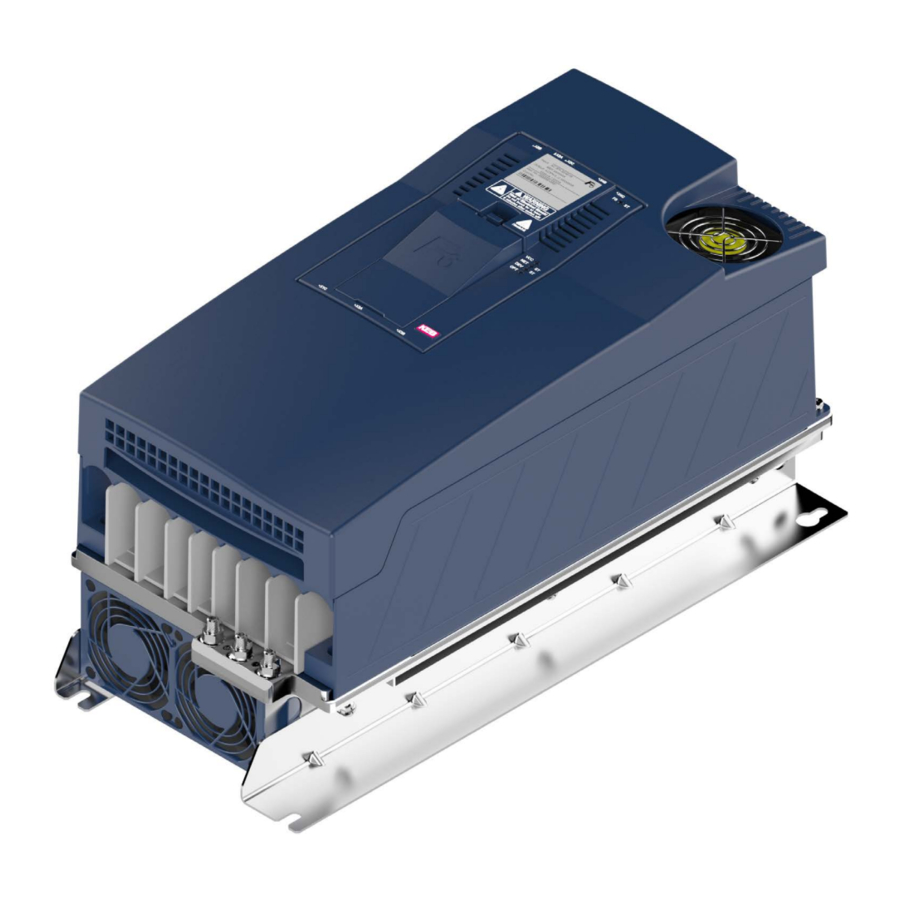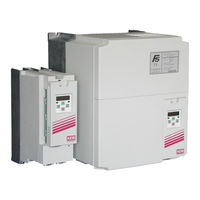
KEB COMBIVERT F6 series Manuals
Manuals and User Guides for KEB COMBIVERT F6 series. We have 5 KEB COMBIVERT F6 series manuals available for free PDF download: Instructions For Use Manual, Instruction Manual
KEB COMBIVERT F6 series Instructions For Use Manual (92 pages)
Brand: KEB
|
Category: Controller
|
Size: 8 MB
Table of Contents
-
Preface
4 -
Glossary
11 -
-
-
-
-
Fan45
-
-
-
-
-
Supply Cable62
-
Accessories74
-
-
-
Condensation79
-
-
Advertisement
KEB COMBIVERT F6 series Instructions For Use Manual (84 pages)
INSTALLATION F6 HOUSING 2
Brand: KEB
|
Category: Controller
|
Size: 14 MB
Table of Contents
-
Preface
3 -
Glossary
11 -
-
Part Code24
-
-
-
-
-
-
Fan52
-
-
-
-
-
Supply Line65
-
Accessories76
KEB COMBIVERT F6 series Instructions For Use Manual (76 pages)
INSTALLATION F6 HOUSING 2 PEAK POWER STANDARD OL-FUNCTION
Table of Contents
-
Preface3
-
Support4
-
Glossary10
-
Target Group14
-
Installation15
-
Voltage Test17
-
Maintenance19
-
Repair20
-
Disposal20
-
Part Code23
-
Nameplate25
-
Fan41
-
Installation43
-
Accessories69
-
CE-Marking71
Advertisement
KEB COMBIVERT F6 series Instructions For Use Manual (34 pages)
Single axis frequency inverter
Table of Contents
-
Preface
3 -
4 Interfaces
14 -
5 Operation
16-
Up/Download30
-
Work List31
-
FTP Mode32
KEB COMBIVERT F6 series Instruction Manual (44 pages)
Table of Contents
-
Preface5
-
General5
-
DC Supply15
-
Accessories22
-
Annex a32
-
Maintenance33
-
Storage33
-
Annex B35
-
CE Marking35
-
UL Marking35
-
Annex C37
-
Annex D42
Advertisement




